Allium hybrida 'Millenium'
Allium 'Millenium' – 'Millenium' Ornamental Onion
Allium 'Millenium' – 'Millenium' Ornamental Onion
Exposure
- Sun
- Partial shade
Rusticity
Bloom time
- July
- August
- September
- Spheres of purple flowers
- Foliage stays clean, no yellowing
- Resists deer and rabbits
- Late summer flowering
- Attracts pollinators
'Millenium' Ornamental Onion is an exceptional perennial, named "2018 Perennial Plant of the Year" for its flawless performance and beauty. Its main benefit is offering a striking colour show in mid to late summer, a time when many other perennials are starting to fade. It produces a profusion of purple floral spheres above foliage that, unlike many other ornamental onions, remains green and attractive all season long.
Characteristics
- Foliage: It forms a dense, neat clump of deciduous leaves that resemble wide blades of grass. The foliage, dark green and glossy, releases a light onion scent when crushed and stays beautiful all summer.
- Flowering: In the heart of summer (July-August), dozens of sturdy flower stems rise above the foliage. Each stem is topped with a 5 cm (2-inch) spherical inflorescence, densely packed with small, starry, rosy-purple flowers.
- Light: It thrives and flowers most abundantly in full sun, but adapts to partial shade.
- Habit: It forms a mounded, bushy clump of foliage with very straight, upright flower stems.
- Growth: With a medium growth rate, it reaches a height of 40 to 50 cm (15-20 inches) in bloom, with a spread of 25 to 40 cm (10-15 inches).
- Soil: It grows well in average, even poor soil, but requires excellent drainage. It does not tolerate constantly wet soils.
- Hardiness: Very hardy, it faces Zone 4 winters without any problem.
- Resistance: This robust plant admirably resists White-tailed deer and rabbits thanks to its light onion scent.
Uses
- Types of Use: Its neat shape and late flowering make it an excellent choice for the front or middle of sunny borders. It is magnificent in mass plantings, rock gardens, or in containers.
- Ornamental Features: Its globe-shaped flowers add a unique architectural texture and form to the summer garden. The dried flower heads remain decorative for a long time and offer winter interest.
Care
- Watering: Water at planting. Once established, it tolerates drought very well and only requires occasional watering during heatwaves.
- Fertilizing: It generally requires no fertilization and performs well in poor soil.
- Pruning: Its maintenance is minimal. It is not necessary to deadhead the flowers, as the dried spheres are attractive. Cut the foliage back to the ground in late fall or spring.
- Planting: Plant it in the spring or fall in a sunny location with impeccable drainage.
- Winter Protection: No protection is required for this very hardy perennial. Good drainage is the only key to its winter survival.
Plant details
Dimensions
Dimensions
Characteristics
Characteristics
Habit:
- Bushy
Flowering colours:
- Pink
- Purple
- Lavender
Plant needs
Plant needs
Watering:
- Moderate
Maintenance:
- Easy
Soil requirement:
- Well drained
Features
Features
Resistance:
- White-tailed deer
- Hare and rabbit
- Drought
Attract:
- Sun
- Partial shade
Use:
- Border
- Massive
- Pot
- Borders
- Planter
Attribute:
- Cut flower
- Dried flower
- Long blooming

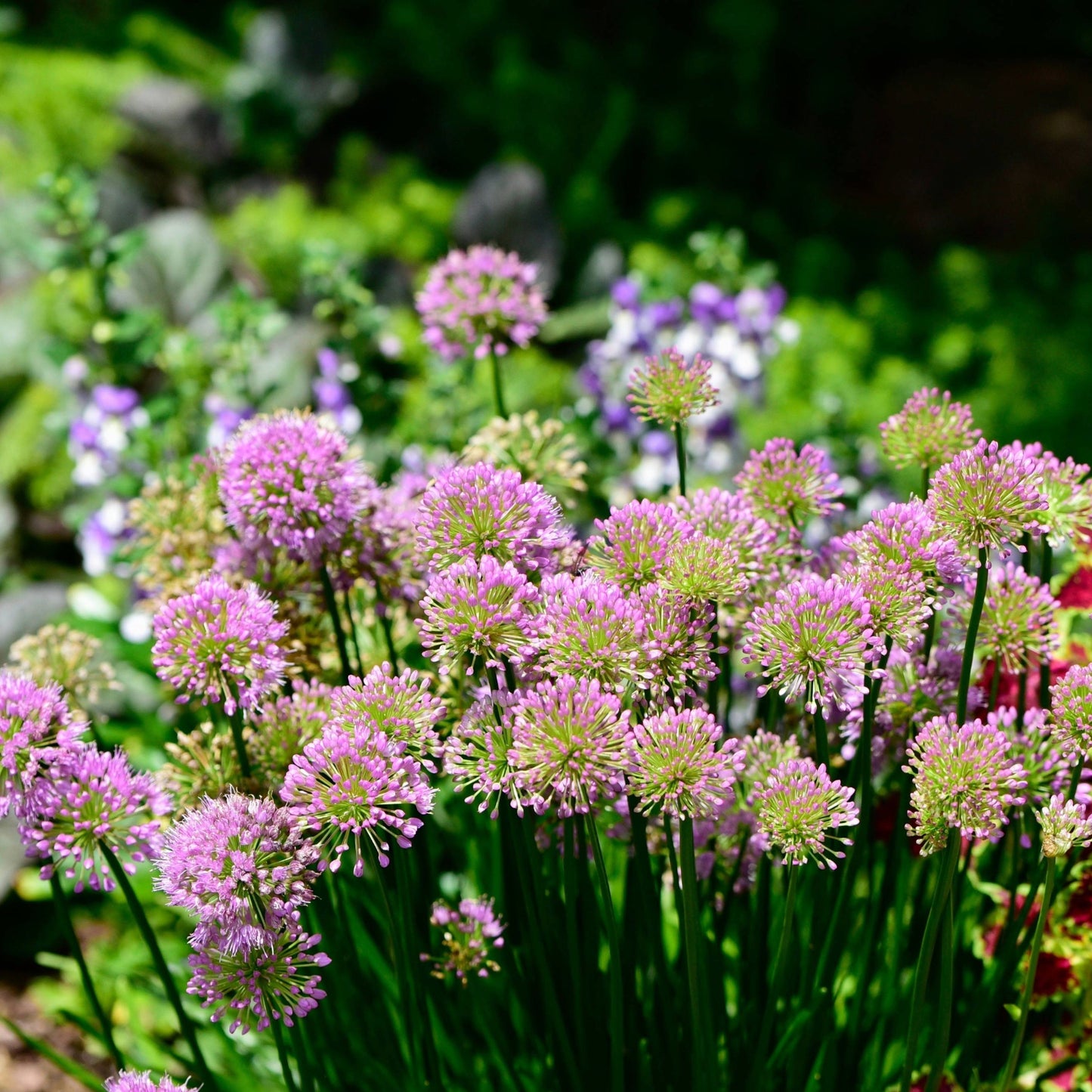




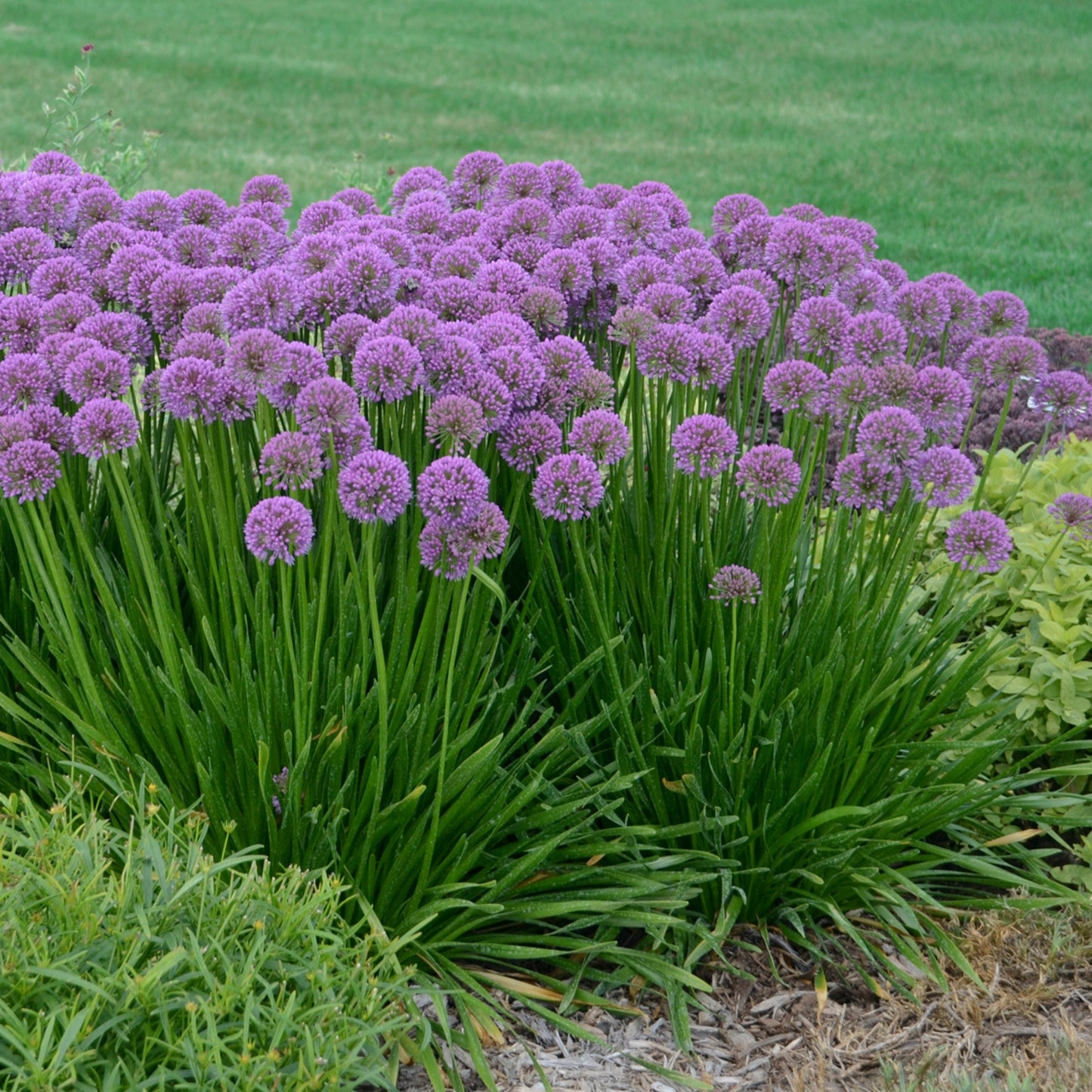
Related articles
-
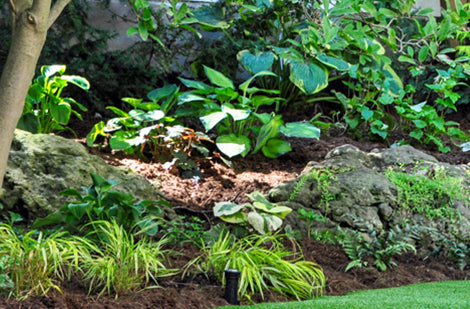
Perennials for all occasions
Read the articleOsez créer des associations inédites qui sauront refléter votre personnalité, même si pour cela vous deviez déplacer certaines vivaces pour mieux les mettre en valeur.
-
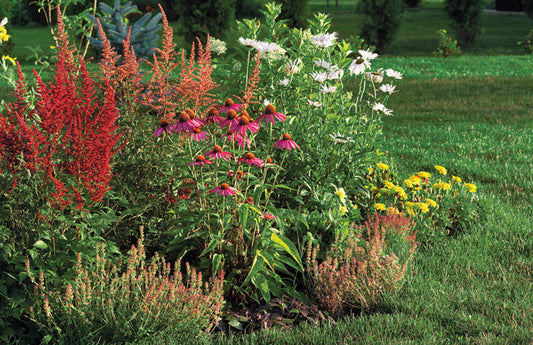
Landscaping with perennials
Read the articleVariétés à découvrir, la tomate se savoure crue, en sandwich, en bruschetta ou en salade. Cuite, c'est l'ingrédient de base de sauces, soupes et salsas.
-
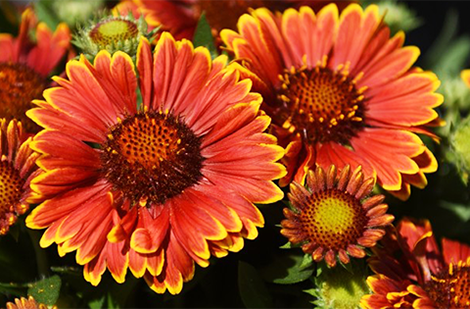
Perennials proper maintenance: cut and fertilize
Read the articleLa grande popularité des vivaces vient du fait qu'après avoir été oubliées pendant des mois au cours de l'hiver, elles réapparaissent sur la scène plus énergiques et surprenantes que par...
-

How to plant perennials in your garden
Read the articleEn pénétrant au jardin, ce sont souvent les plantes vivaces que l’on remarque en premier. Un massif de sauges, d’hémérocalles, d’astilbes, d’échinacées ou de lavande offre un spectacle d’une beauté...















